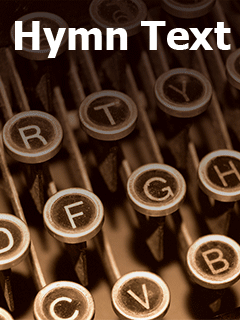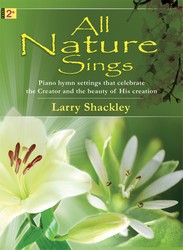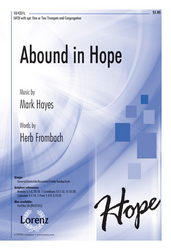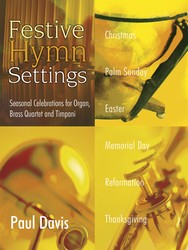Representative text cannot be shown for this hymn due to copyright.
Translator (es. 2-3): Federico J. Pagura

Federico José Pagura was an Argentine Methodist bishop and author and translator of hymns.
Leland Bryant Ross
Go to person page >Author (es. 1): Pablo Sywulka B.
(no biographical information available about Pablo Sywulka B..)
Go to person page >Author (es. 2-3): St. Ambrose

Ambrose (b. Treves, Germany, 340; d. Milan, Italy, 397), one of the great Latin church fathers, is remembered best for his preaching, his struggle against the Arian heresy, and his introduction of metrical and antiphonal singing into the Western church. Ambrose was trained in legal studies and distinguished himself in a civic career, becoming a consul in Northern Italy. When the bishop of Milan, an Arian, died in 374, the people demanded that Ambrose, who was not ordained or even baptized, become the bishop. He was promptly baptized and ordained, and he remained bishop of Milan until his death. Ambrose successfully resisted the Arian heresy and the attempts of the Roman emperors to dominate the church. His most famous convert and disciple w…
Go to person page >Tune
MELITA (Dykes)The original chant melody associated with this text [i.e., "Eternal Father, strong to save"] is found in most hymnals of denominations where chant has played a role, including the Lutheran tradition, which has produced much organ music on this well-known chant.
The setting here is by John B. Dykes (…
Go to tune page >


 My Starred Hymns
My Starred Hymns









